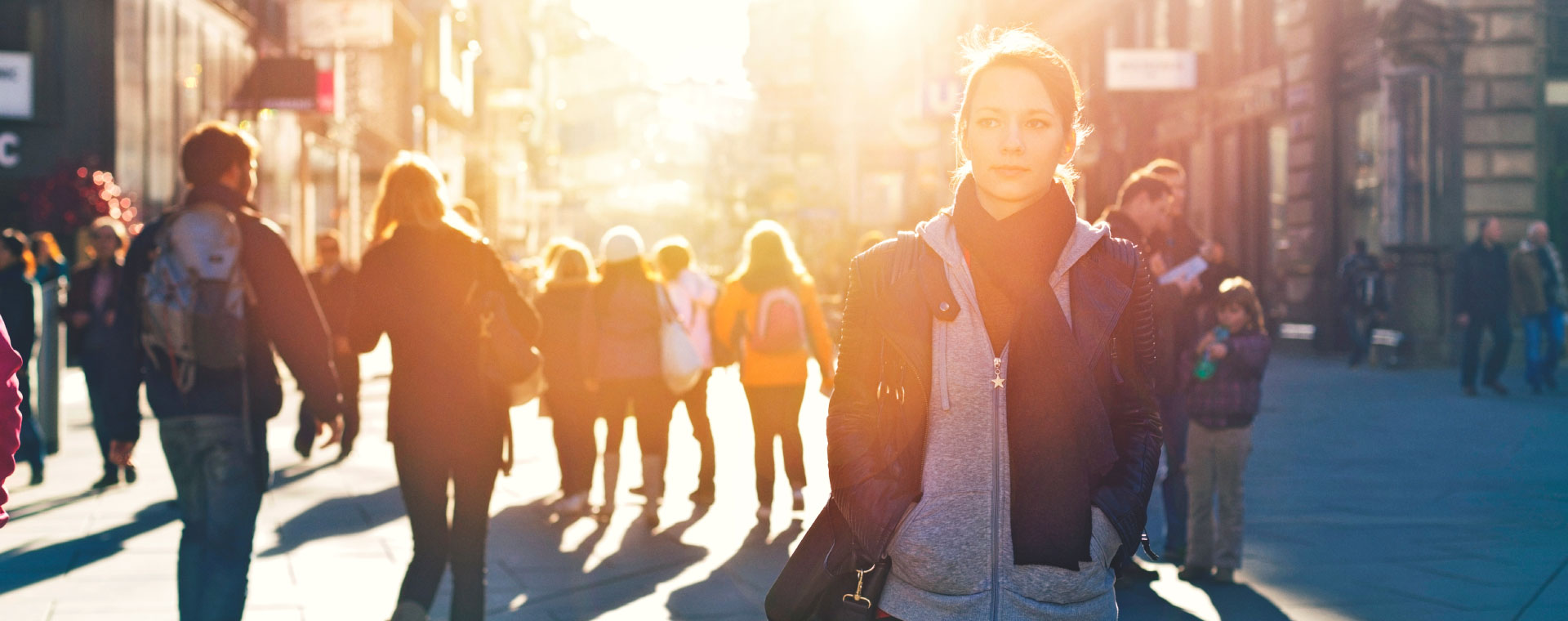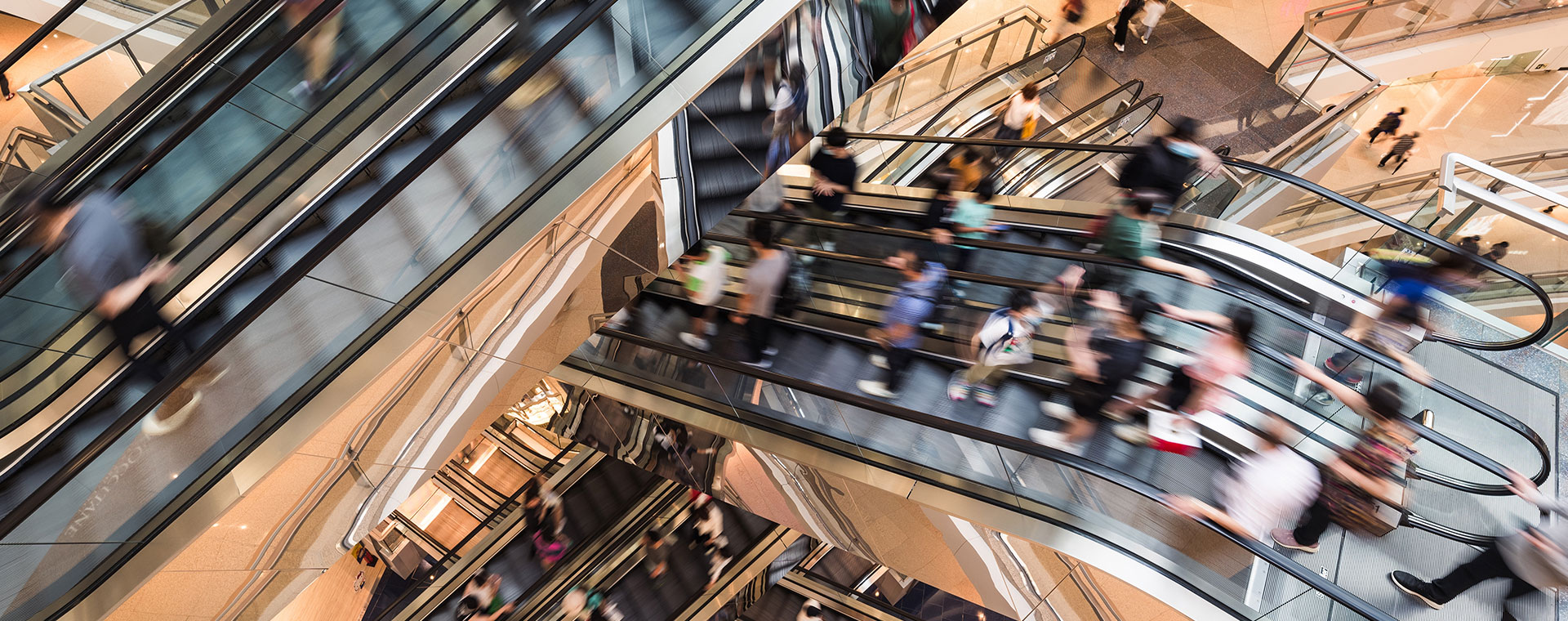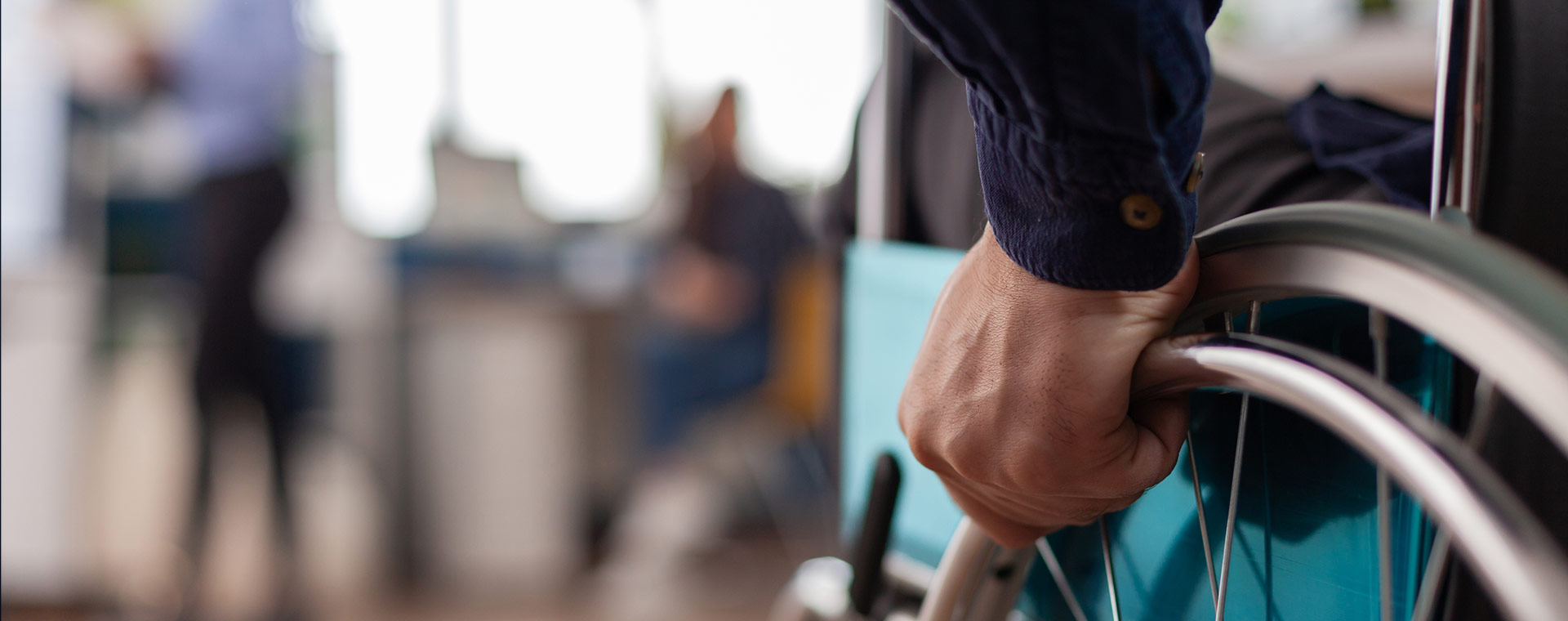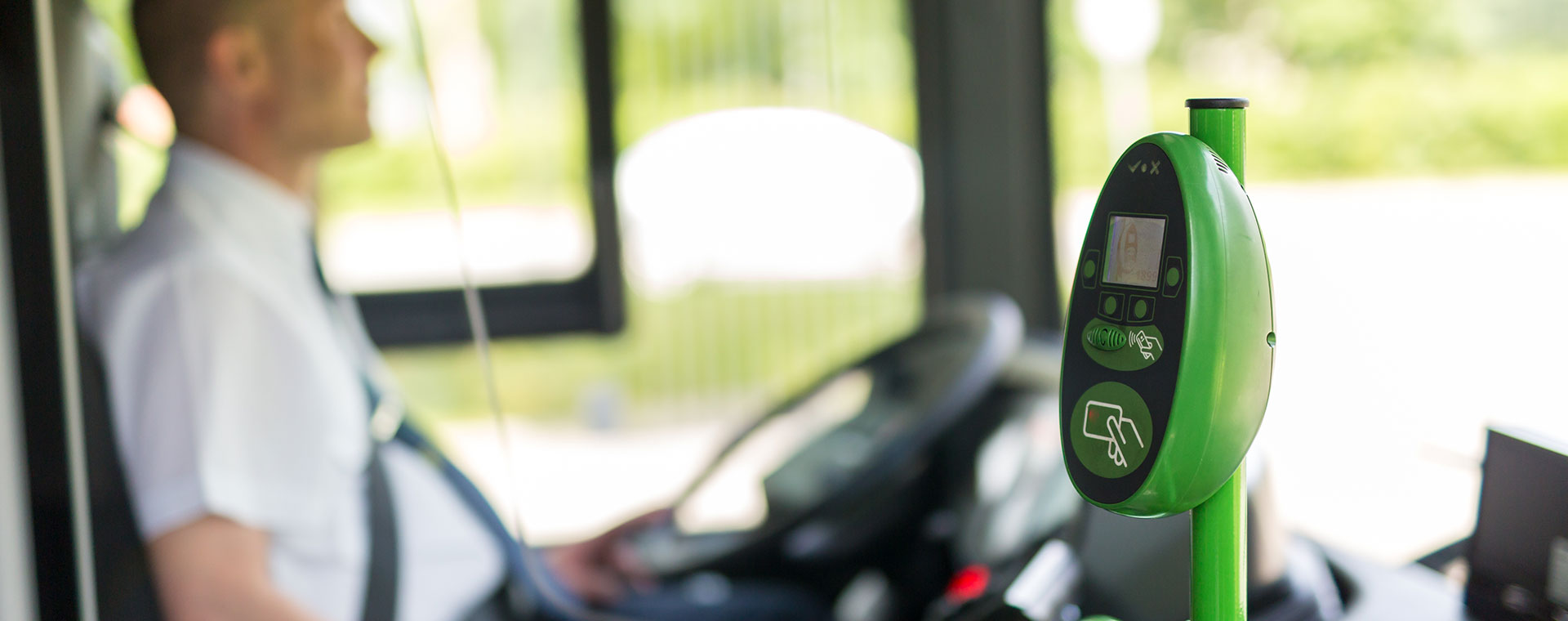Interview
Social Cohesion
How does the Trans-European Transport Network facilitate efficient mobility and social cohesion?
-
Isabel García Muñoz
Member of the European Parliament

In her interview, Isabel Garcia Munoz, Member of the European Parliament, highlights the link between trans-European transport and social cohesion.
I took part in the revision of the Trans-European Transport Network (TEN-T) regulation and can confirm that the main objective is to facilitate the mobility of European citizens, and to adapt the network to the green and digital transition, as well as to emergency situations. TEN-T improves the efficiency of mobility in a number of ways:
- By developing and modernizing infrastructures throughout Europe;
- By promoting intermodal connectivity;
- By developing a corridor approach that links major cities with regions to connect all territories, leaving no one behind and also optimizing routes and minimizing traffic jams;
- By providing financial support for priority projects such as cross-border projects and missing links.
Making mobility more efficient means promoting socio-economic cohesion. The TEN-T network is the cornerstone of the smooth functioning of the European Union's internal market: it improves the operation of the logistics supply chain and facilitates the movement of passengers throughout Europe. It also aims to enhance accessibility for everyone living in Europe, with particular attention to people with reduced mobility or disabilities, as well as those living in isolated or rural areas.
As a result, the TEN-T network reduces isolation and stimulates economic development and job creation. It will reduce social gaps and disparities, further unifying Europe and making European transport more inclusive, green and innovative.
-
 Edito
Common Good
Edito
Common Good
Is public transportation a common good?
Passalacqua Arnaud, Professor at the Paris School of Urban Planning
Public transportation is a common good: this is a commonly accepted fact, even if its meaning isn’t explored in depth. The question of commonality raises a number of tensions between the public transport’s organization and its financing methods, which are little known to users. -
 Edito
Landscapes
Edito
Landscapes
What landscapes will we be able to contemplate from the windows of our public transit vehicles?
Jean Pierre Thibault, Director of the French section of the International Council on Monuments and Sites
When designing transportation structures, we must not neglect their visual impact. -
 Interview
Desirability
Interview
Desirability
What needs to occur for public transportation to become our default choice?
Karaki Samah, Founder and Director of the Social Brain Institute
-
 Edito
Welcoming mobility
Edito
Welcoming mobility
How can we foster a welcoming transport system for a city’s inhabitants?
Blache Chris, Urban anthropologist and co-founder of the "GENDER AND THE CITY" (GENRE ET VILLE) platform for reflection and action
Any approach to safe mobility in the future mus put people first. To create a warm and welcoming atmosphere on public transportation, we need to view our fellow riders as valuable allies, rather than potential enemies. -
 Edito
Access
Edito
Access
Will the public transportation systems of tomorrow be fair for all?
Bousson Damien, Co-founder of Atsuké
Transport tickets are an essential part of ensuring fair access to public transport.


